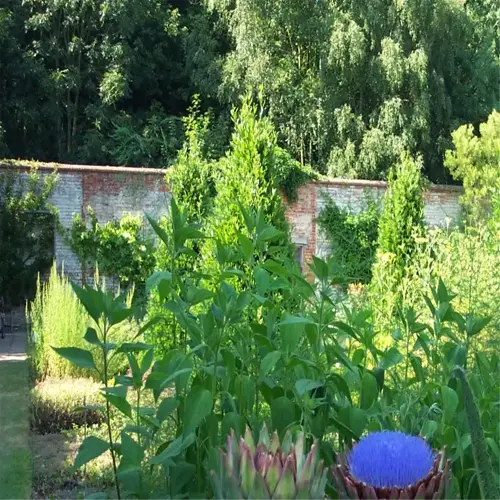Does asparagus multiply over time?

Written by
Julia Anderson
Reviewed by
Prof. Samuel Fitzgerald, Ph.D.Asparagus reproduces on its own naturally underground. For example, my 10-year-old bed has extended 3 feet outside its original plot through rhizomes that extend underground. This expansion is useful for wild plants, however, I will need to intervene in my garden bed. Every 8 to 10 years, I divide crowns that have overcrowded their original space and rejuvenate vegetable production.
Preparation
- Dig around crowns with a garden fork
- Lift entire root mass from soil
- Shake off excess dirt to expose rhizomes
Splitting
- Use sterilized knife to cut crowns
- Ensure each division has 3+ buds
- Discard woody center sections
When replanted in fresh formulated compost amended soil, divided crowns provide 30% more spears. I took my grandmother's 15-year-old bed and did this, and in the Spring I harvested three times what I normally do in a given season. When you space divisions apart, make sure they are at least 3 feet apart. If crowded, there will be competition for nutrients and light in 2 seasons.
Visual Clues
- Spears thinner than pencil width
- Fern height under 4 feet
- Yellowing foliage mid-season
Yield Indicators
- 20%+ drop in annual spear count
- Harvest window shortens to <4 weeks
- Increased pest/disease susceptibility
Do not divide during drought years. Stressed plants will have a very difficult time recovering. Look for time splits to perform your division during the early spring prior to spear emergence. When I tried to divide my "typical" fall crops in September, I had learned that valuable lesson: Only 40% of my crowns survived the winter. Be sure to mulch any new divisions with 6-inch straw to help retain moisture while the new roots become established.
Read the full article: How to Grow Asparagus: Expert Tips for Perennial Success

